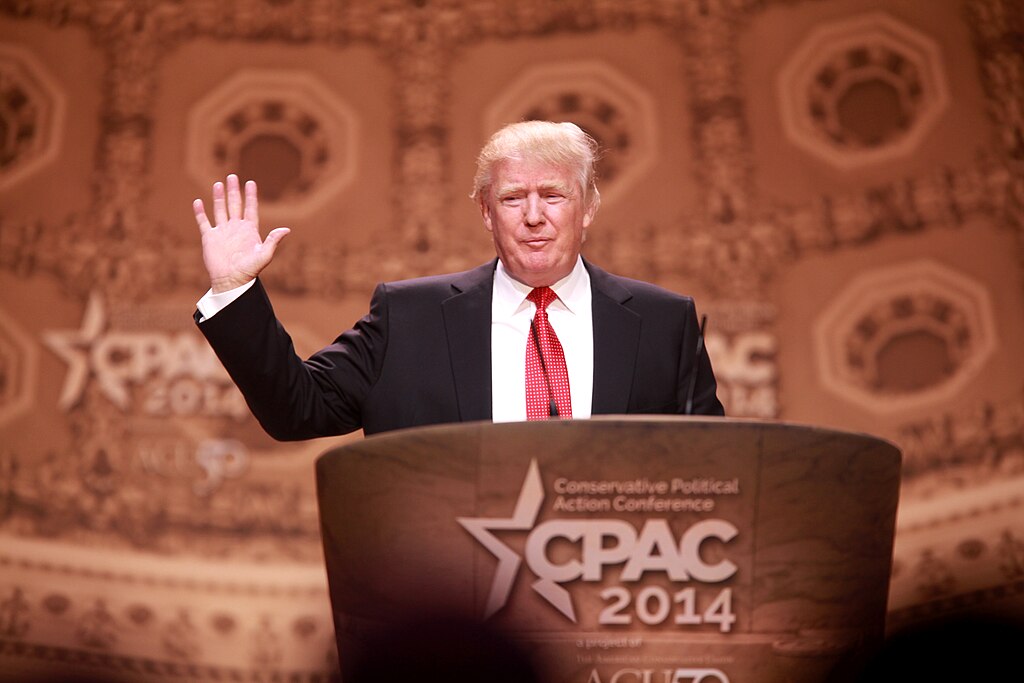Donald Trump’s return to the presidency in 2025 has reignited debates over U.S.-China relations, with his administration unveiling a series of aggressive policies aimed at rebalancing the global economic and political landscape. The former president, known for his hardline approach to Beijing, has wasted no time in setting the tone for a contentious relationship, focusing on trade, military tensions, and technological competition.
Trade Relations Take Center Stage
Revisiting Tariffs and Supply Chains
One of Trump’s first moves was reinstating tariffs on Chinese imports, a hallmark of his earlier presidency. This time, the emphasis has shifted toward targeting industries critical to national security, such as semiconductors, rare earth minerals, and pharmaceuticals. According to White House officials, the administration aims to curtail China’s economic dominance while encouraging U.S. companies to diversify supply chains and invest domestically.
Critics argue, however, that the renewed tariffs could exacerbate inflation and strain global supply chains. A recent analysis by the Peterson Institute for International Economics warned that these policies might increase costs for American consumers, particularly in sectors heavily reliant on Chinese goods. Despite this, Trump’s supporters praise his commitment to holding Beijing accountable, with one social media user declaring, “Finally, a president who puts America first!”
Tech Decoupling and Export Controls
Beyond tariffs, Trump’s administration has expanded export controls on sensitive technologies, including artificial intelligence and quantum computing. The aim is to prevent China from acquiring tools that could bolster its military and surveillance capabilities. In response, Beijing has accused Washington of economic sabotage, fueling tensions in diplomatic circles.
Geopolitical Flashpoints: Taiwan and the South China Sea
Taiwan Policy Sparks Controversy
Trump has also taken a more assertive stance on Taiwan, emphasizing military support and pledging increased arms sales to the island. While his administration maintains that these measures are designed to deter Chinese aggression, Beijing views them as provocations, leading to heightened military drills near Taiwanese waters.
Critics warn that Trump’s approach could risk open conflict in the Indo-Pacific region. However, proponents argue that a firmer U.S. stance is necessary to uphold democratic values and maintain stability in the area. Twitter user @FreedomWatcher posted, “Trump isn’t backing down from China, and that’s the strength America needs right now.”
South China Sea Strategy
In addition to Taiwan, Trump has intensified freedom-of-navigation operations in the South China Sea. These maneuvers, conducted by the U.S. Navy, aim to challenge China’s territorial claims and safeguard international shipping lanes. Beijing has condemned these actions as violations of its sovereignty, further straining diplomatic ties.
Netizens React: A Nation Divided
- @PatriotPride: “Finally, someone standing up to China! Trump is the leader we need in these challenging times.”
- @GlobalObserver: “Trade wars aren’t diplomacy. Trump’s policies could lead us down a dangerous path.”
- @TechShield: “Limiting China’s access to sensitive tech is smart, but will it hurt innovation in the long run?”
- @EcoAdvocate: “More tariffs mean more inflation. How is this helping everyday Americans?”
- @DefenseHawk: “Trump’s Taiwan policy is bold, but will Beijing see it as a line they can’t cross?”
- @TradeGuru: “If supply chains diversify, it could create jobs at home. Let’s hope this pays off.”



 U.S. Senators Move Toward Deal to Strengthen Military Helicopter Safety Rules
U.S. Senators Move Toward Deal to Strengthen Military Helicopter Safety Rules  Canada Signals Delay in US Tariff Deal as Talks Shift to USMCA Review
Canada Signals Delay in US Tariff Deal as Talks Shift to USMCA Review  Honduras Election Recount Delayed Amid Protests and Political Tensions
Honduras Election Recount Delayed Amid Protests and Political Tensions  Putin Signals Possible Peace or Continued War in Ukraine at Major Year-End Address
Putin Signals Possible Peace or Continued War in Ukraine at Major Year-End Address  Trump Expands U.S. Travel Ban to Antigua and Barbuda, Dominica, Sparking Economic Fears in the Caribbean
Trump Expands U.S. Travel Ban to Antigua and Barbuda, Dominica, Sparking Economic Fears in the Caribbean  Argentina Unions Rally Against Milei’s Labor Reform as Congress Debates Key Bill
Argentina Unions Rally Against Milei’s Labor Reform as Congress Debates Key Bill  Jared Isaacman Confirmed as NASA Administrator, Becomes 15th Leader of U.S. Space Agency
Jared Isaacman Confirmed as NASA Administrator, Becomes 15th Leader of U.S. Space Agency  Trump Signals Progress in Ukraine Peace Talks Ahead of U.S.–Russia Meeting
Trump Signals Progress in Ukraine Peace Talks Ahead of U.S.–Russia Meeting  Kennedy Center Reportedly Renamed Trump-Kennedy Center After Board Vote
Kennedy Center Reportedly Renamed Trump-Kennedy Center After Board Vote  Federal Appeals Court Allows Trump’s National Guard Deployment in Washington, D.C. to Continue
Federal Appeals Court Allows Trump’s National Guard Deployment in Washington, D.C. to Continue  Trump Administration Plans Major Increase in Denaturalization Cases for Naturalized U.S. Citizens
Trump Administration Plans Major Increase in Denaturalization Cases for Naturalized U.S. Citizens  Dan Bongino to Step Down as FBI Deputy Director After Brief, Controversial Tenure
Dan Bongino to Step Down as FBI Deputy Director After Brief, Controversial Tenure  EU Delays Mercosur Free Trade Agreement Signing Amid Ukraine War Funding Talks
EU Delays Mercosur Free Trade Agreement Signing Amid Ukraine War Funding Talks  Syria, Kurds and U.S. Race to Show Progress on SDF Integration Deal
Syria, Kurds and U.S. Race to Show Progress on SDF Integration Deal  Trump Attends Dover Ceremony Honoring U.S. Personnel Killed in Syria
Trump Attends Dover Ceremony Honoring U.S. Personnel Killed in Syria  Italy Supreme Court Upholds Salvini Acquittal in Migrant Kidnapping Case
Italy Supreme Court Upholds Salvini Acquittal in Migrant Kidnapping Case  U.S. and China Push for Ceasefire as Thailand–Cambodia Border Clashes Escalate
U.S. and China Push for Ceasefire as Thailand–Cambodia Border Clashes Escalate 
































